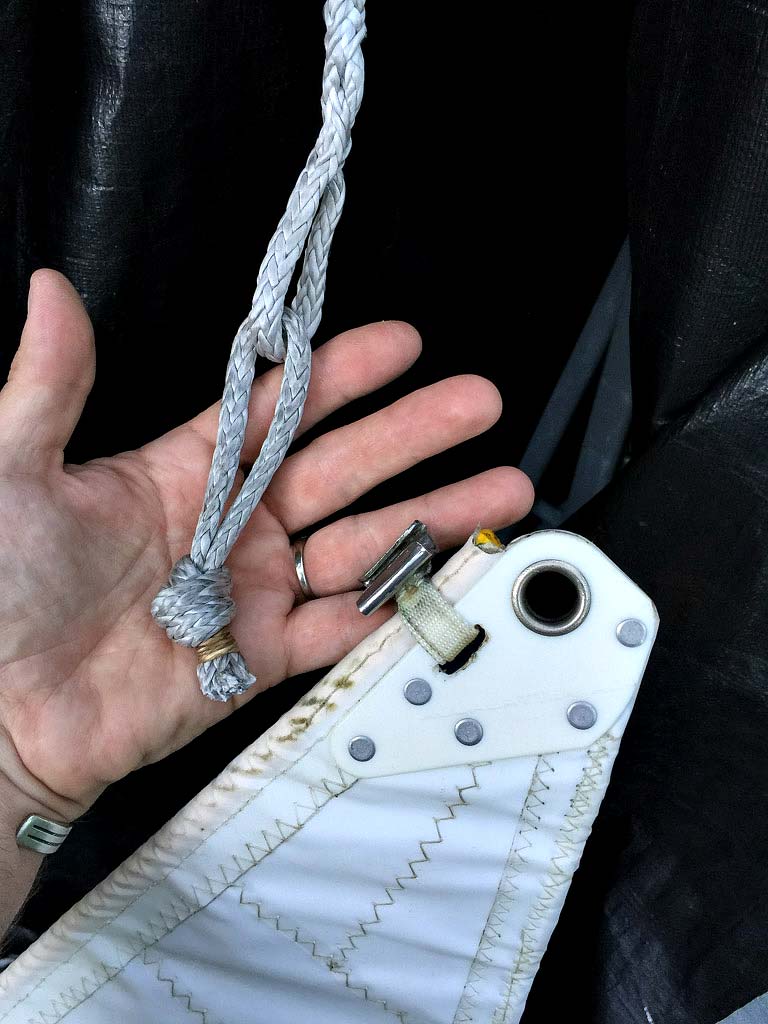 Porch Painting
Porch Painting
Town Commons
Castine, Maine
postcards from the road
building a pair of 19th century gunning skiffs
Melonseed Aeon with her topsail flying.
photo by Kevin Brennan
Today it’s 97 degrees. In the shade.
But back in May of 2013 wind off the still winter-cooled waters of the Patuxent was almost chilly.
I remember well when these pictures were taken. The day was old by the time we all arrived and launched. Some had been delayed by work or mechanical issues, but the early arrivers content to wait until everyone was ready. The light low as we pulled away from Broome’s Island on the Patuxent. That was the year of the 17 Year Cicadas, and the the water was littered along the way with twittering and buzzing bugs, twitching on the surface in the last throws of their brief and bellicose lives. Many still buzzing in trees along the shore with that throbbing cadence that sounds so Southern to my ears. Big rockfish, already engorged, still half-heartedly rolled the surface to swallow another and submerge.
We were making our way toward Sotterley Creek for the night. A short, easy crossing, and a beautiful evening. Kevin B circled back to check on me, as he often must, and took these wonderful photos as we passed each other. I had the topsail up for the first time, and set unusually well. In the last one, I in my Melonseed and Mike in his Haven crosse a carpet of glitter that quickly turned to gold.
The next day we would spend the morning and afternoon ashore, walking the grounds of Sotterley Plantation. An almost magical day, that seemed more dream than real.
Thanks again for the photos, Kevin.
 The Melonseed Caesura in Fogg’s Cove
The Melonseed Caesura in Fogg’s Cove
St. Michaels, Maryland
That is indeed one of my Melonseeds in the foreground of the previous post (thanks Steve!)
Both photos, and several to come, are from back in 2013 at the Mid-Atlantic Small Craft Festival – MASCF to friends and family.
 Soft Shackle made, ready to attach.
Soft Shackle made, ready to attach.
Earlier, I replaced the old Main and Jib Halyards with new ones made of Dyneema. Very nice. They’re slippery through the blocks and feel good in the hand. The first time I raised the Main, though, it was obvious the eye and carabiner arrangement, thrown together so quickly, was sub-optimal. Their combined length made the sail stop several inches short of fully raised. This left the sail hanging too long down at the deck – there was not enough sail track on the mast to pull the luff nice and tight. It worked, but not right.
Fixing it creates an opportunity to try something new – a Soft Shackle.